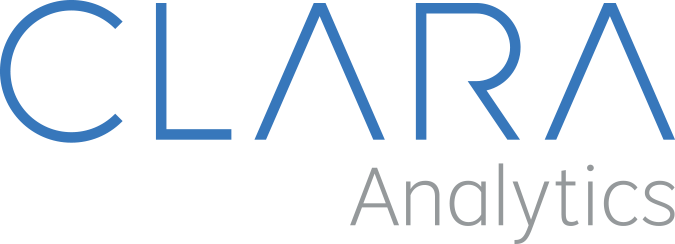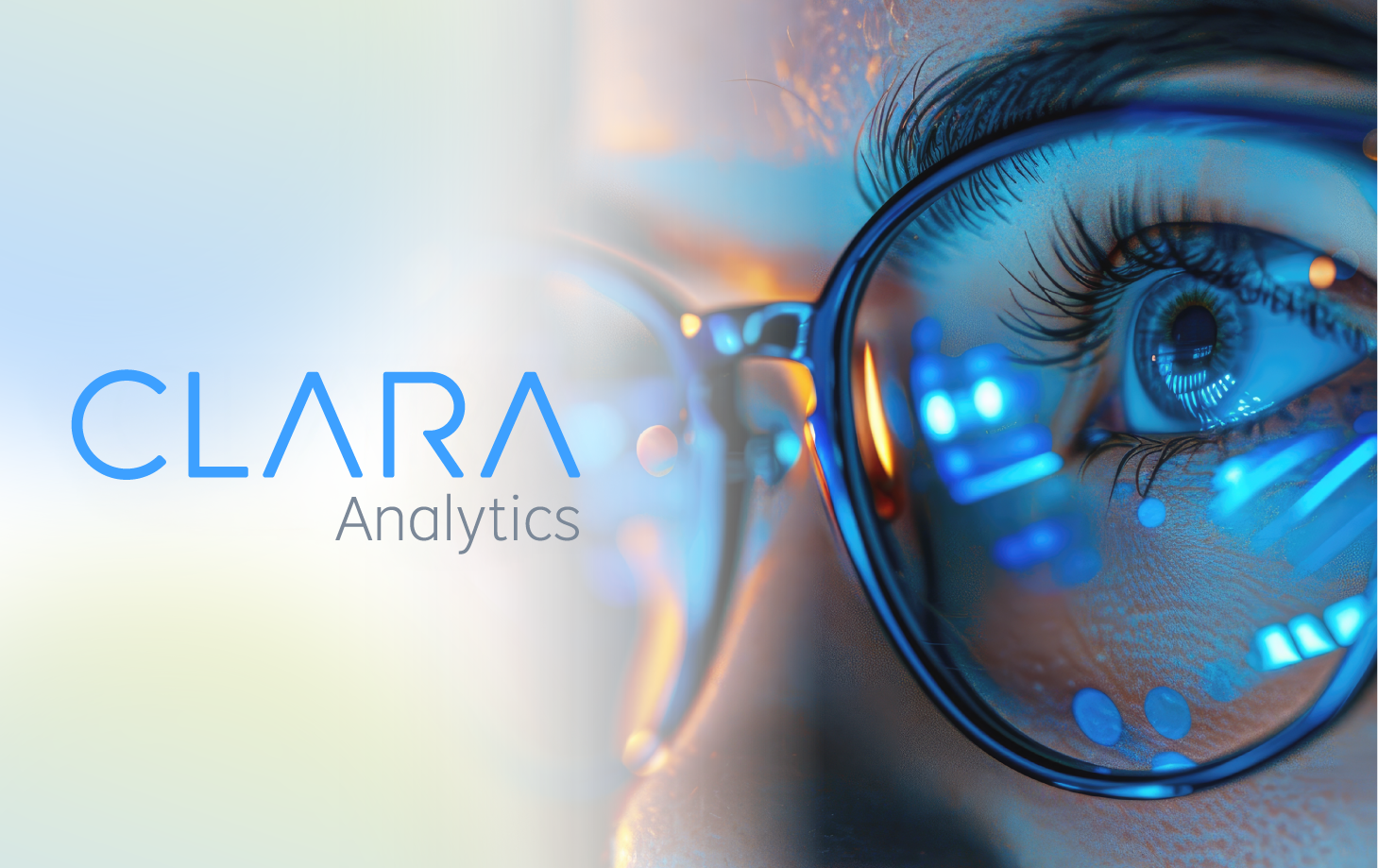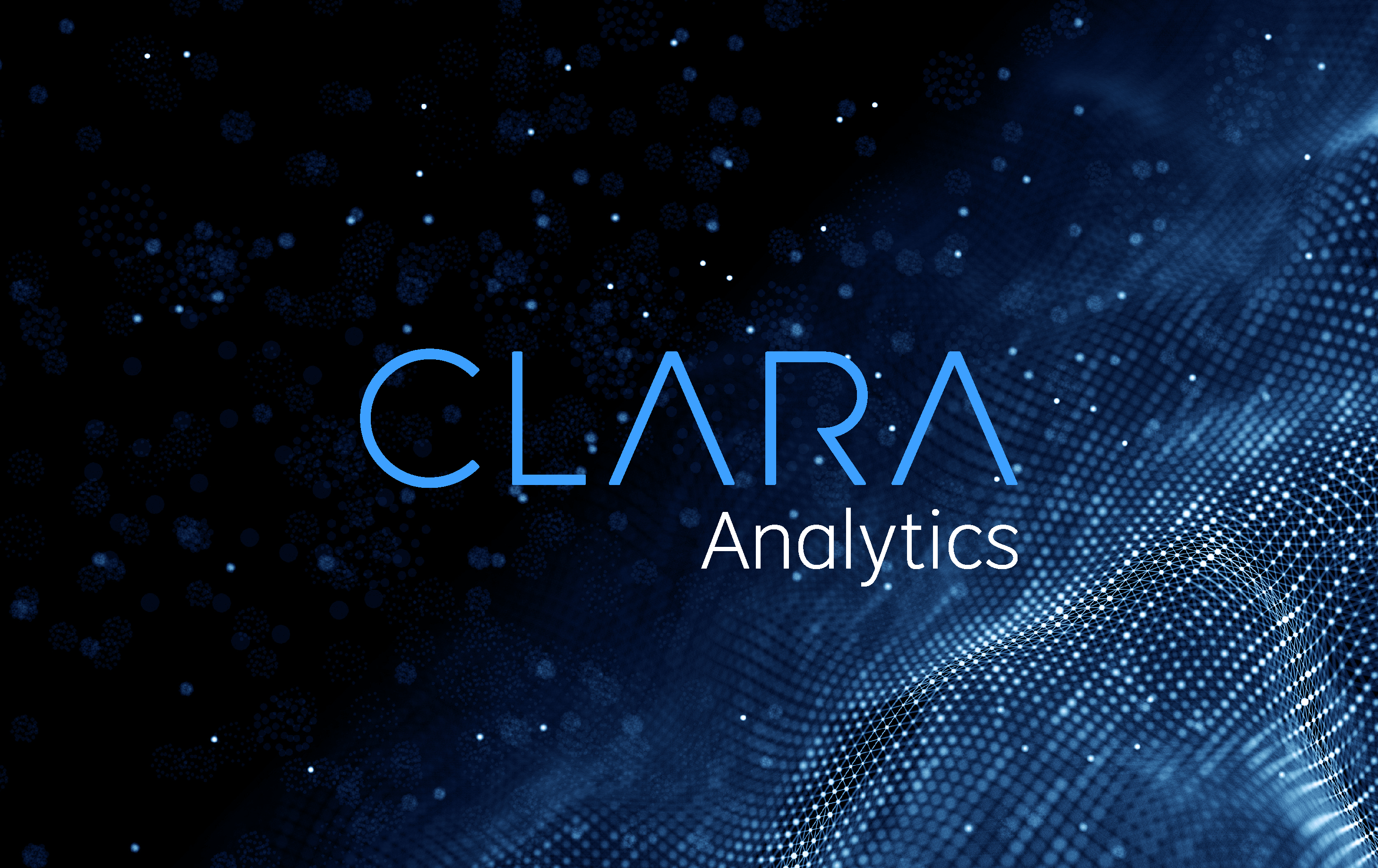Get Ready for the Emergence of AI as a Service
Software-as-a-service (SaaS) has become part of the tech lexicon since emerging as a delivery model, shifting how enterprises purchase and implement AI technology. A new “_” as a service model is aspiring to become just as widely adopted based on its potential to drive business outcomes with unmatched efficiency: artificial intelligence as a service (AIaaS).
The AIaaS opportunity
According to recent research, AI-based software revenue is expected to climb from $9.5 billion in 2018 to $118.6 billion in 2025 as companies seek new insights into their respective businesses that can give them a competitive edge. Organizations recognize that their systems hold virtual treasure troves of data but don’t know what to do with it or how to harness it. They do understand, however, that machines can complete a level of analysis in seconds that teams of dedicated researchers couldn’t attain even over the course of weeks.
But, there is tremendous complexity involved in developing AI and machine learning solutions that meet a business’ actual needs. Developing the right algorithms requires data scientists who know what they are looking for and why in order to cull useful information and predictions that deliver on the promise of AI. However, it is not feasible or cost-effective for every organization to arm themselves with enough domain knowledge and data scientists to build solutions in-house.
AIaaS is gaining momentum precisely because AI-based solutions can be economically used as a service by many companies for many purposes. Those companies that deliver AI-based solutions targeting specific needs understand vertical industries and build sophisticated models to find actionable information with remarkable efficiency. Thanks to the cloud, providers are able to deliver these AI solutions as a service that can be accessed, refined and expanded in ways that were unfathomable in the past.
One of the biggest signals of the AIaaS trend is the recent spike in funding for AI startups. Q2 fundraising numbers show that AI startups collected $7.4 billion — the single highest funding total ever seen in a quarter. The number of deals also grew to the second-highest quarter on record.
Perhaps what is most impressive, however, is the percentage increase in funding for AI technologies — 592 percent growth in only four years. As these companies continue to grow and mature, expect to see AIaaS surge, particularly as vertical markets become more comfortable with the AI value proposition.
Vertical adoption
Organizations that operate within vertical markets are often the last to adopt new technologies, and AI, in particular, fosters a heightened degree of apprehension. Fears of machines overtaking workers’ jobs, a loss of control (i.e. how do we know if the findings are “right”?), and concerns over compliance with industry regulations can slow adoption. Another key factor is where organizations are in their own digitization journey.
For example, McKinsey & Company found that 67 percent of the most digitized companies have embedded AI into standard business processes, compared to 43 percent at all other companies. These digitized companies are also the most likely to integrate machine learning, with 39 percent indicating it is embedded in their processes. Machine learning adoption is only at 16 percent elsewhere.
These numbers will likely balance out once verticals realize the areas in which AI and machine learning technologies can practically influence their business and day-to-day operations. Three key ways are discussed below.
Empowering data
Data that can be most useful within organizations is often difficult to spot. There is simply too much for humans to handle. It becomes overwhelming and thus incapacitating, leaving powerful insights lurking in plain sight. Most companies don’t have the tools in their arsenal to leverage data effectively, which is where AIaaS comes into play.
An AIaaS provider with knowledge of a specific vertical understands how to leverage the data to get to those meaningful insights, making data far more manageable for people like claims adjusters, case managers, or financial advisors. In the case of a claims adjuster, for example, they could use an AI-based solution to run a query to predict claim costs or perform text mining on the vast amount of claim notes.
Layering insights for better outcomes
Machine learning technologies, when integrated into systems in ways that match an organization’s needs, can reveal progressively insightful information. If we extend the claims adjuster example from above, he could use AIaaS for much more than predictive analysis.
The adjuster might need to determine the right provider to send a claimant to based not only on traditional provider scores but also categories that assess for things like fraudulent claims or network optimization that can affect the cost and duration of a claim. With AIaaS, that information is at the adjuster’s fingertips in seconds.
In the case of text mining, an adjuster could leverage machine learning to constantly monitor unstructured data, using natural language processing to, for example, conduct sentiment analysis. Machine learning models would be tasked with looking for signals of a claimant’s dissatisfaction — an early indicator of potential attorney involvement.
Once flagged, the adjuster could take immediate action, as guided by an AI system, to intervene and prevent the claim from heading off the rails. While these examples are specific to insurance claims, it’s not hard to see how AIaaS could be tailored to meet other verticals’ needs by applying specific information to solve for a defined need.
Assisting humans at a moment’s notice
Data is power, but it takes a human a tremendous amount of manual processing to effectively use it. By efficiently delivering multi-layer insights, AIaaS provides people the capability to obtain panoramic views in an instant.
Particularly in insurance, adjusters, managers, and executives get access to a panoramic view of one or more claims, the whole claim life cycle, the trend, etc., derived from many data resources, essentially by a click of a button.
The place for AIaaS
AIaaS models will be essential for AI adoption. By delivering analytical behavior persistently learned and refined by a machine, AIaaS significantly improves business processes. Knowledge gleaned from specifically designed algorithms helps companies operate in increasingly efficient ways based on deeply granular insights produced in real time. Thanks to the cloud, these insights are delivered, updated, and expanded upon without resource drain.
AIaaS is how AI’s potential will be fulfilled and how industries transform for the better. What was once a pipe dream has arrived. It is time to embrace it.
By Ji Li
This article was first published on thenextweb.com
_ _
About the Author
Ji Li
Director of Data Science, CLARA Analytics — Ji Li has leadership responsibility for organizing and directing the CLARA data science team in building optimized machine learning solutions, creating artificial intelligence applications, and driving innovation. Dr. Li is well-published in fields related to computational theory and big data applications. His specific expertise and interests include machine learning, deep learning, text mining, and natural language processing and understanding. Dr. Li received his Ph.D. in mathematics from the University of Connecticut.



